Amid the picturesque setting of the historic quaint old Cornish town of Fowey where she lives, Vivien’s garden studio, with views over the harbour is a riot of colourful textured textiles.
Lengths of silk, linen and cotton, hand-woven, naturally dyed. Warm cashmere shibori shawls, bright scarves, Japanese kimono silks, hand-woven hemp, Malagasy raffia, velvets and the magical blues of indigo.
Her unique textile style has been influenced by her travels and interaction with the craft traditions of Japan and India, and documenting the production of hand-woven, embroidered, block printed and naturally dyed textiles and natural dyes especially indigo.
In this interview, we learn how Vivien’s love of natural dyes and embroidery came about and we also discover the journey she goes on to create her beautiful and unique art.
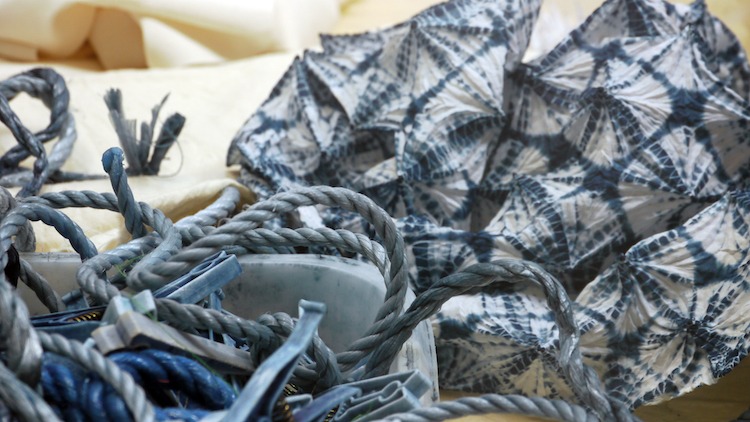
A Cryséde dress
TextileArtist.org: What initially attracted you to textiles as a medium?
Vivien Prideaux: I stitched in Kindergarten. I still have an egg cosy with D. A. D., ‘Dad’, on it from that time. I remember doing lots of activities like that; cutting out felt pieces and chain stitching details along the edge.
But my first remembrance of cloth was strutting around in my mother’s Cryséde dress as a little girl. It was the first time I noticed the cloth and the design, and this must have spurned my interest in pattern, colour and how that translated to fabric. It had also been made in St Ives, and I have maintained a close connection with my native Cornwall and Cornish artists throughout my career.
What or who were your early influences and how has your upbringing influenced your work?
A lot of it comes back to that dress! To my mother’s clothes and my connection to them as a child. This Cryséde dress was black crepe de Chine with a repeated fish pattern. There was a Japanese influence to the design which has resonated throughout some of my later work. But a lot of the influences came from the obsession that this started with colours, patterns, repeat designs and the rhythm that these create.
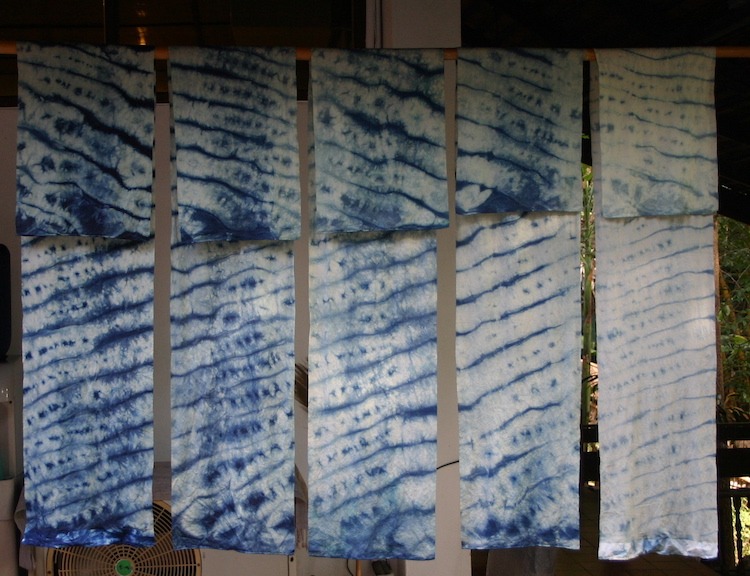
What was your route to becoming an artist?
Well, despite my early encounters with cloth, I initially trained in ceramics. I had gone to boarding school and my parents and the Mother Superior decided that after my O-Levels I was going to study certain subjects, they had it all mapped out for me! But I had other ideas, and went off and enrolled art school instead.
I went to Redruth Art School in Cornwall, and it was there that shaped a lot of my future path. One of the tutors was a lady called Winnifred Evans, who worked with textiles. When I went on to teacher training college, at Christchurch College Canterbury,1968, she happened to move there too as Head of Textiles.
When she retired in 1980 she moved back to Cornwall and lived just across town, so our artistic relationship continued. I worked with her and she taught me all that she knew, which was made all the better because it didn’t involve writing a single essay!
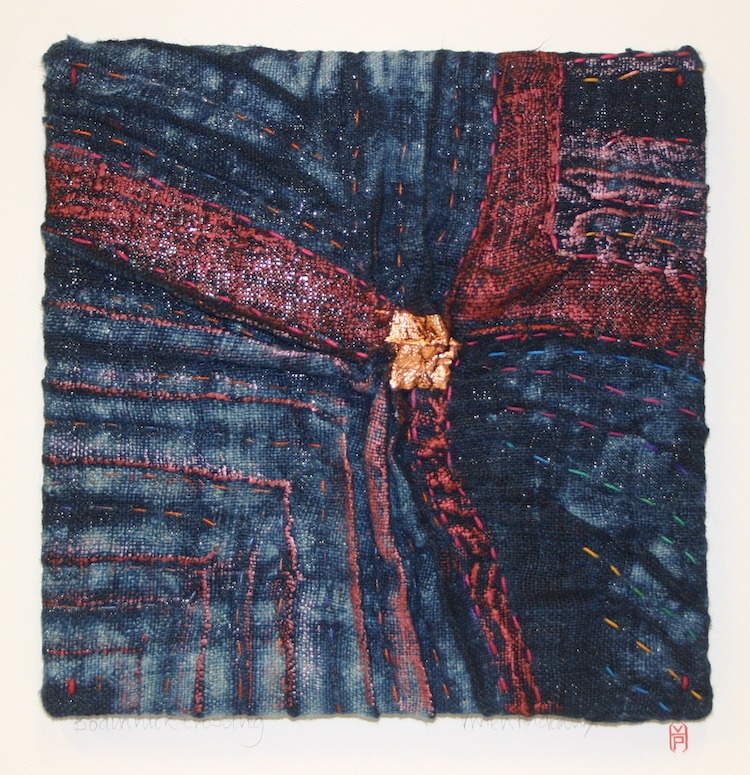
Producing beautiful shades
Tell us a bit about your chosen techniques.
I like to work with natural fibres and dyes and over the years I have become comfortable with their properties and characteristics which helps me to achieve the desired results in the colouring process.
I work with a number of different techniques and these drive my process. But over the years my emphasis is on the natural aspect of dyeing, so many techniques damage the cloth in the process, or, as is the case with many of the currently in fashion rust colouring techniques, look great when first done but will ultimately lead to the degradation of the cloth over a shortish period of time.
I, therefore, find myself drawn to natural alternatives, where I can, that will give the desired results but not damage the cloth irrevocability. This has often involved a lot of research into historical and geographical practices and I have worked extensively with indigo vats throughout my career.
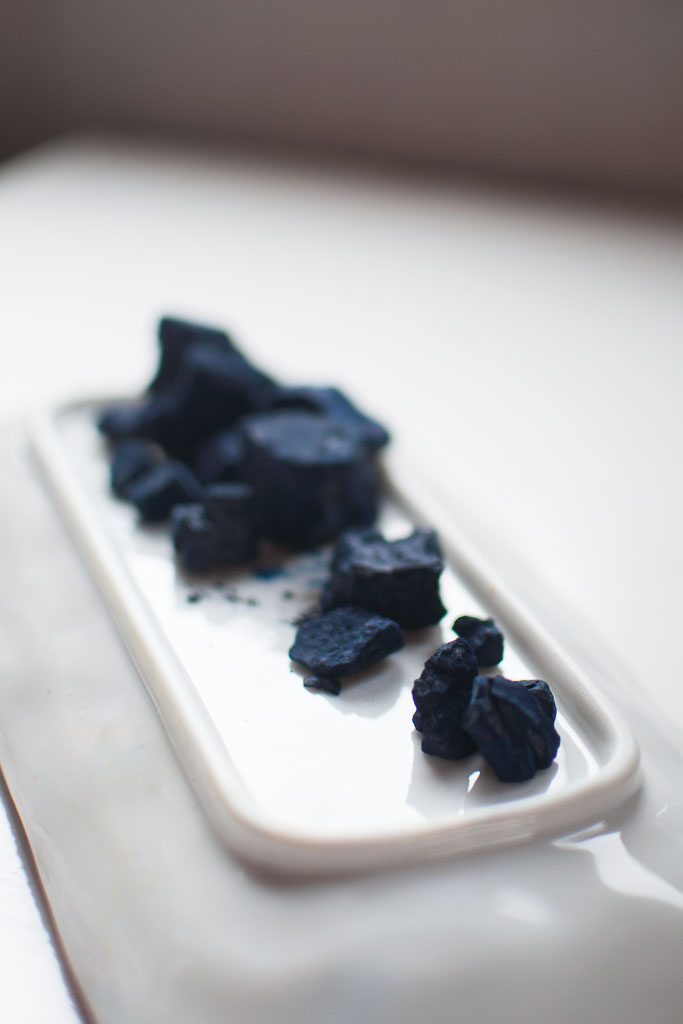
I am increasingly aware that the words Eco, Nature, Natural and Sustainable are used by dyers when in fact they are still using such noxious things as copper as a mordant, in my opinion a fairly dangerous and poisonous chemical to both the dyer and the land especially when there are many non-toxic alternatives such as symplocos available without compromising the end colour result.
My second concern is the use of Hydrosulphite to bring about reduction in a natural indigo vat, yes it is a quick and easy way to dye with indigo but wasteful and with long-term use unhealthy.
The alternative would be a natural fermentation vat that uses only small amounts of lime and can be maintained over many many years, producing beautiful shades from light to dark blue, there is no need today for harmful chemicals, endangering the health of both the student and the environment.
My style of work, and techniques, has developed over forty years working as an artist. It is all about sustainable practice, with researched dyeing techniques, natural mordants and surface decoration using indigo and natural dyes. But not ruling out fibre reactive dyes once in a while!
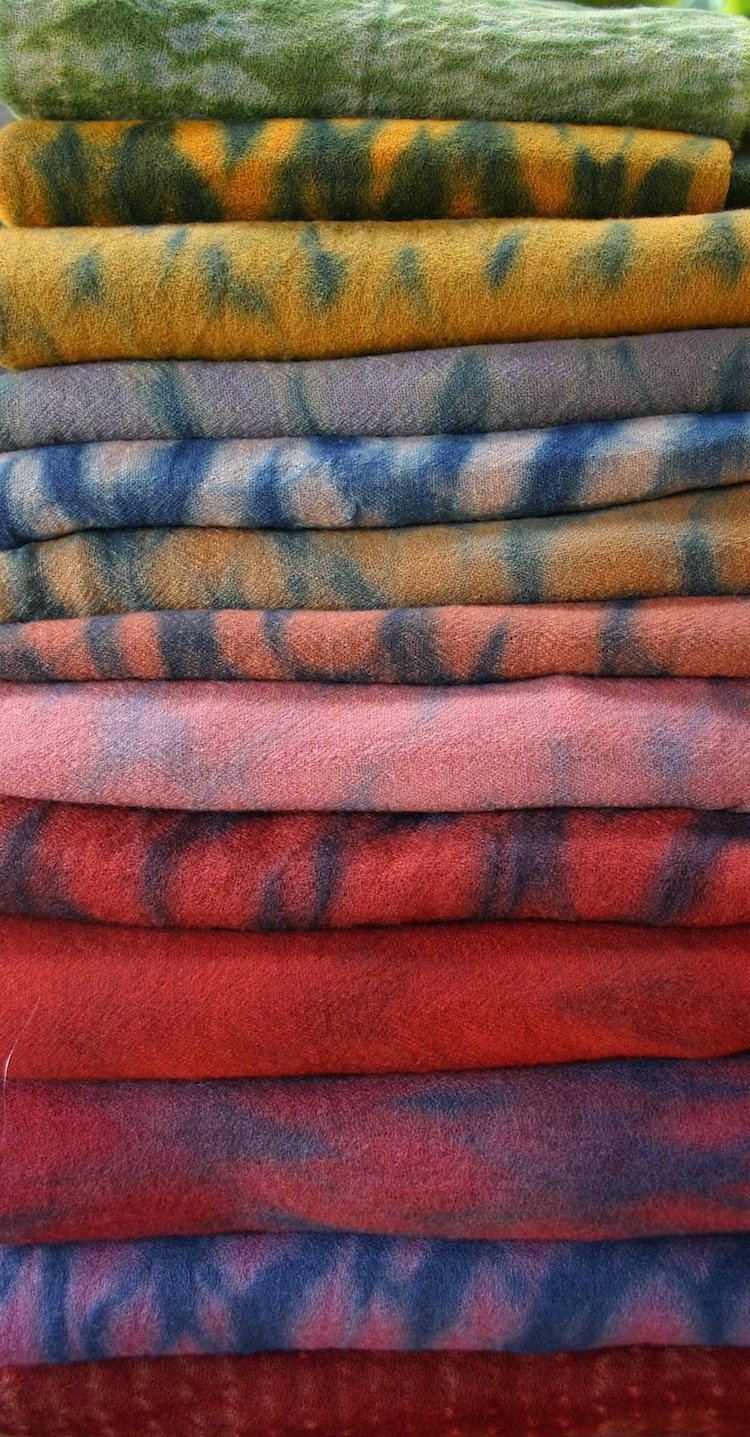
How do you use these techniques in conjunction with embroidery and Shibori?
I am passionate about colour, and this drives my work. Influenced by my early years, design and decoration often take on a repetitive form. There is no set way of creating a piece, it is a process that often exposes itself while it is created, revealing its own personality. Some works almost create themselves, others are more reluctant.
Additional decorative additions are informed by the results of the dyeing process with the urge to create a visually pleasing and rewarding piece. When it is done, released, complete, and finished, it’s time to move on to the next one.
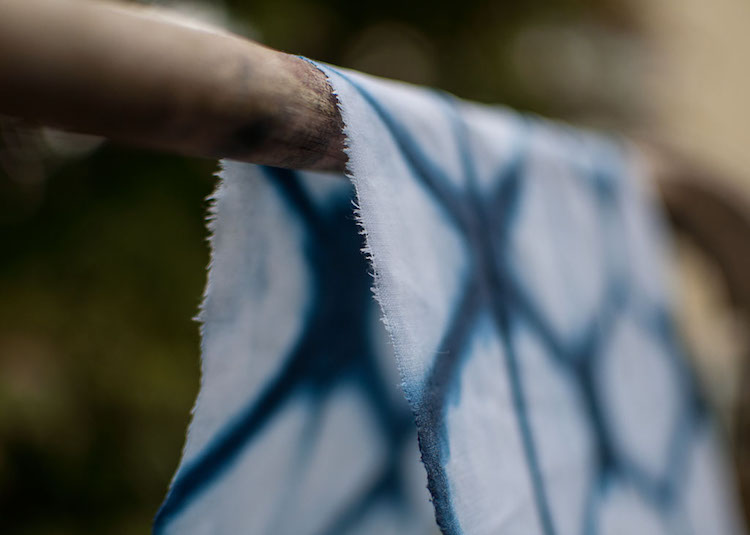
Do you use a sketchbook? If not, what preparatory work do you do?
Yes, I do keep sketchbooks. A lot of my preparatory work is in the research, in the sampling, looking at techniques and the process of dyeing, constantly striving to find more sustainable modes of practice.
I attend conferences and participate in residences worldwide to further my knowledge, building a greater understanding through discourse with others; sharing, experimenting and enjoying other’s diverse experiences.
The research then acts as inspiration for future work. Experiments within the dyeing process are recorded and written up in order to share with others.
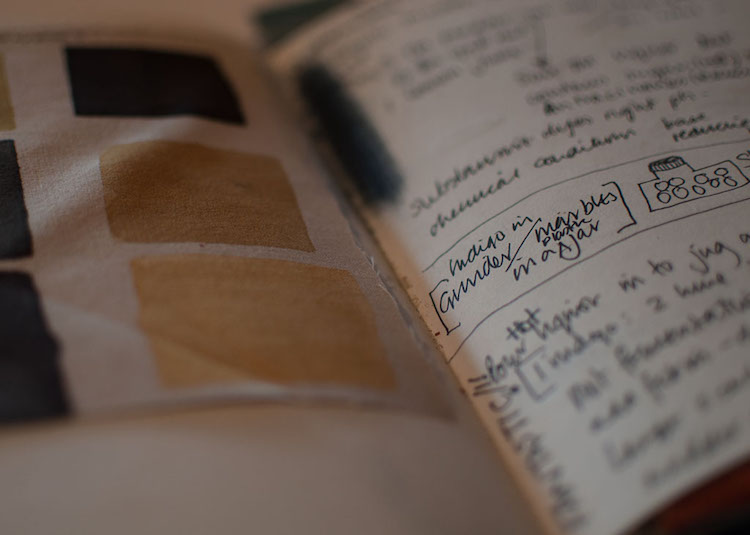
Tell us about your process from conception to conclusion.
It often starts with the cloth. I am an avid collector of natural cloth, and finding something new often triggers a new set of work or experimentation with new processes.
Recently I attended the UNESCO, International Network of Consultants for Craft Development, Festival of Plants, Ecology, and Colours, in Madagascar, 15th – 30th May 2017. There I met Malagasy women weaving traditional four-metre lengths of raffia and sisal.
They were such beautiful cloths and fibres that I had not come across or worked with before. These will now form the basis of some new work, finding ways to respond to the texture of this cloth through the dyeing process.
A creative paradise
What environment do you like to work in?
Like many artists, I often work in isolation in my garden studio that looks down over the Harbour in Fowey. But I have found working away is very productive.
I rent the ‘Lao House’ in the garden of my dear friend Patricia Cheesman, we first met at Junior school, who founded forty years ago Studio Naenna ‘Weavers for the Environment in Chiang Mai’. This is just a creative Paradise.
I get up early and take the dogs for a walk up the mountains, then return and do some yoga, have a papaya and yoghurt for breakfast and work until a light lunch then all afternoon until it gets dark around 6pm, the evening spent in evaluating the day and planning there next, weeks just fly by.
I love getting lost in the work, so the quiet I find there is vital. There is also the benefit of the lifestyle change, as you are staying somewhere else you are free from the usual housework chores, the food is delicious, the weather is ideal for my arthritis and the whole environment is great.
It’s a great place to work, but I still also love my garden shed studio in Fowey, Cornwall, looking over the harbour and river estuary. Cloth, dyes, and a little isolation are the key ingredients to a good working environment for me.
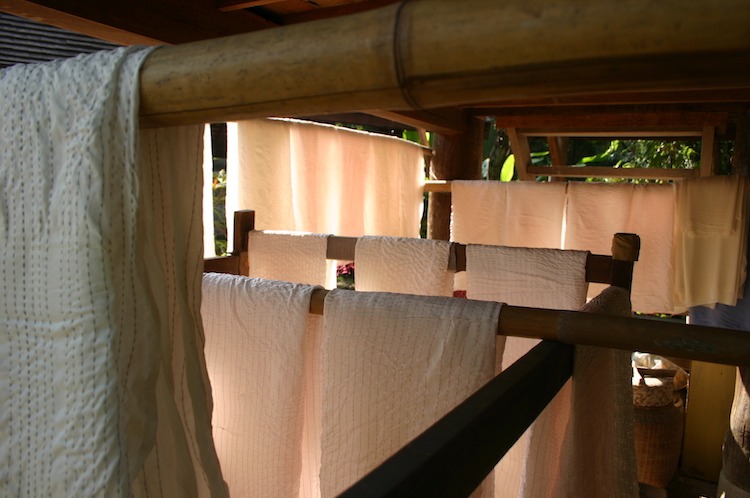
What currently inspires you?
As I have already mentioned, the raffia and sisal cloth found on my recent trip to Madagascar is my current obsession and the work will soon follow.
However, I also gain most of my inspiration from my travels, and I have recently been on the Bark Europa, a three-masted sailing ship and sailed from Quebec to Newfoundland.
While on the dogwatch, from midnight to 4am, the night sky was incredible; shooting stars the size of buses! Mars came up over the port horizon and having seen moonlight on water, Mars created it own an otherworldly reflection on the water, colours unlike anything you have ever seen apart in an indigo vat!.
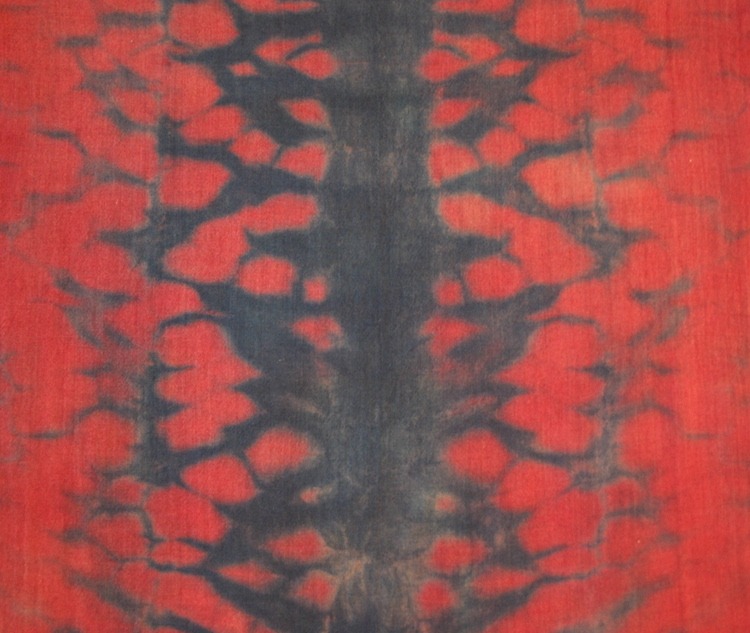
Who have been your major influences and why?
The previously mentioned Winnifred Evans was a big influence for me. I admired her work, and she was a lovely lady. I had a great respect for her; she had a wicked sense of humour which didn’t resonate with everyone, but I loved her.
Wilemmena Barnes Graham was a printmaker in St Ives and the most wonderful abstract painter. There are lots of connections to Cornwall in my influences and artists that I admire, all mainly working in the abstract and great people to know, such as Roy Walker, I used to go to his life drawing classes.
My assessor at Redruth Art School, Bernard Leech, was another wonderful artist who I was fortunate to have around in my formative years as an artist. And of course, Alec Walker, who set up Cryséde, the company that created the dress that started my obsession with cloth.
Amanda J Clayton and I have been friends for many years and her wisdom and creativity is boundless, we have enjoyed two major touring shows together and she is that encouraging voice when doubt and procreation visit.
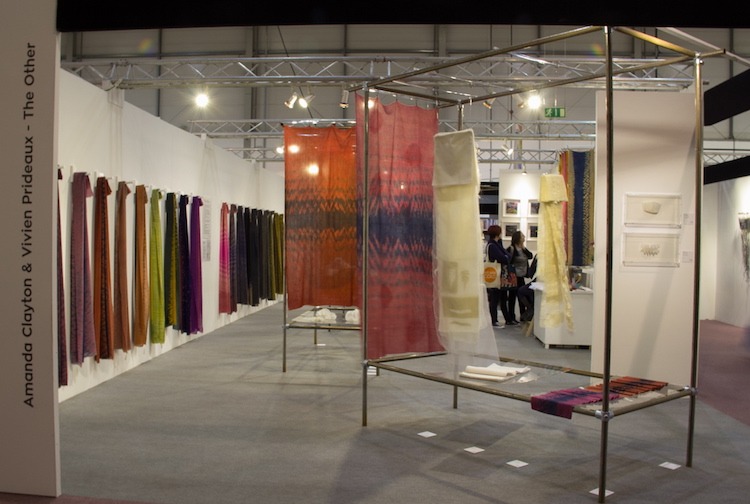
A lifetime of learning
How has your work developed since you began and how do you see it evolving in the future?
It has been a lifetime of learning. Each answer I find leads to two more questions. But I am just about to invest in a Japanese sukumo vat, Polygonum tinctorium, Japanese indigo. The Japanese indigo leaves are dried, composted over 100 days in wooden barns that smell of ammonia. It will be a pure fermentation vat that produces wonderfully deep dark blues.
I am also looking at working on a technique inspired by the recent Madagascar trip. While there I met up again with a fellow dyer from Japan, Hisako Sumi. I’m contributing to her work, testing dyes in various places in the world as part of earthnetwork.or.jp This includes KUSAGI dyeing. It comes from the Clerodendrum trichotomum, or Harlequin Glory Bower, and it grows in Honshu and in my garden. It has the most beautiful little white flowers in magenta calix from July to September and the fragrance is absolutely knock out! The berries ripen at the end of October and produce a turquoise dye.
What advice would you give to an aspiring textile artist?
Well, I haven’t met one in a while, but I would give them encouragement and say go for it! Be true to your own work. It is not an easy path, but it is certainly a good one. It will be hard work, but when it pays off it is all worth it.
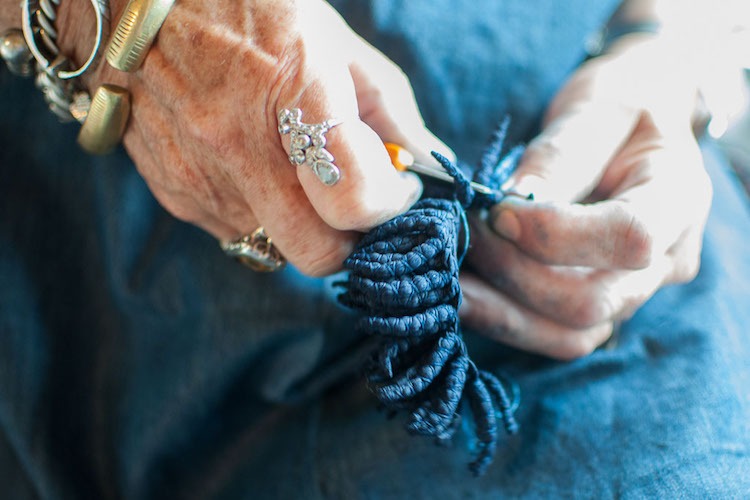
Can you recommend 3 or 4 books for textile artists?
Natural Dyes: Sources, Tradition, Technology and Science by Dominique Cardon
Lao-Tai Textiles: The Textiles of Xam Nuea and Muang Phuan by Patricia Cheesman
The Tibetan Book of Living and Dying by Sogyal Rinpoche
And of course my own A Handbook of Indigo Dyeing by Vivien Prideaux
What piece of equipment or tool could you not live without?
My Sonos speaker, tuned in to Radio 4 or Oui FM a French rock station. I can work on anything as long as I have that on in the background. I really like the book at bedtime, but I often fall asleep before its on in the evening, so I like to wait till they have all aired and then listen to the whole thing on iPlayer in one big chunk. I like being read to. On my speaker, I would have a needle taped on the back, so I always have one to hand!
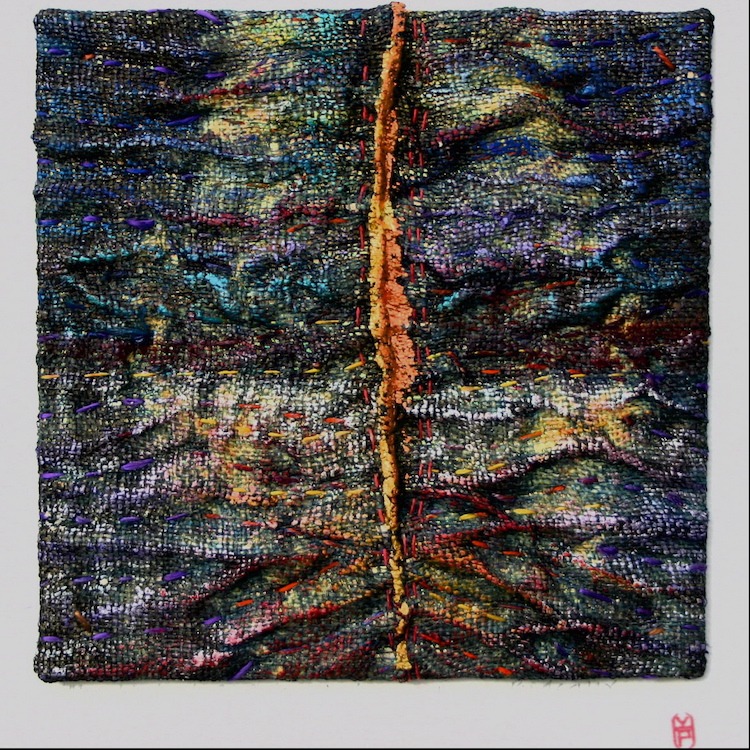
Do you give talks or run workshops or classes? If so where can readers find information about these?
I do and have given workshops and lectures all over the world, but I haven’t done any for a while because I have been recovering from a new hip and broken ankle!
I do have plans for a Cryséde exhibition in 2019 at Penlee House Museum in Penzance, and Falmouth Art Gallery, and I am writing a book to accompany it. But you can keep up to date with everything at my website.
How do you go about choosing where to show your work?
I like to find places that support local artists. My native Cornwall and the artists from there have been such a big influence throughout my career, so places such as the Cornwall Craft Association galleries at Trelowarren and the national Trust Property at Trelissick are great, and a delightful small gallery Wave 7 relights Rock Cornwall
Where can readers see your work this year?
Top Drawer Olympia Jan 14th, 15th and 16th Jan 2018 stand CR 829.
Made To Commission Exhibition March 2018, Devon Guild of Craftsmen, Bovey Tracey, Devon.
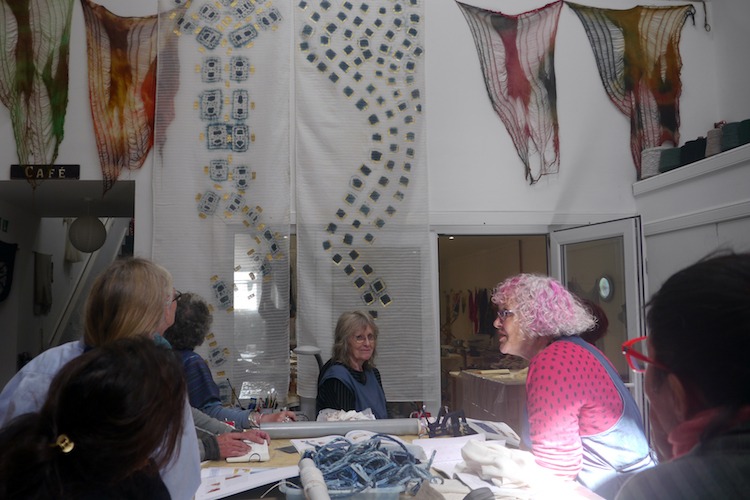
One final thing Merry Christmas One and All and may your New Year be colourful, creative and satisfying!
For more information visit: www.vivienprideaux.co.uk
Got something to say about the techniques, materials and processes used by this artist – let us know by leaving a comment below.
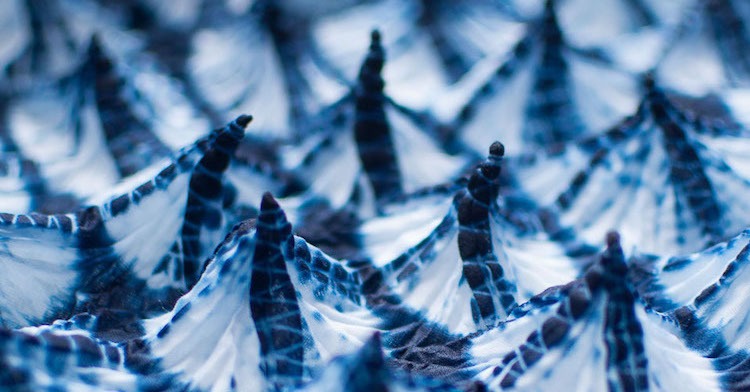

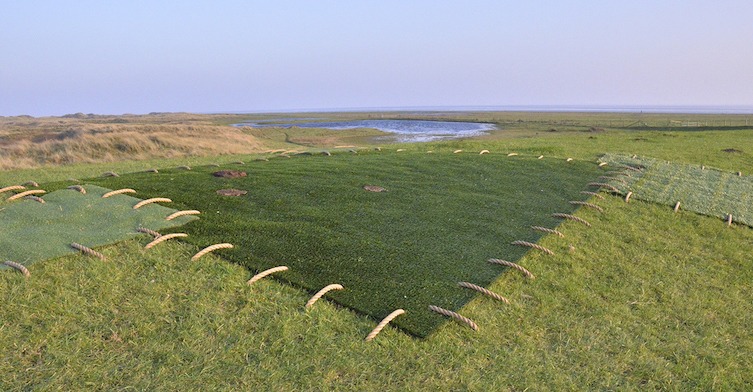
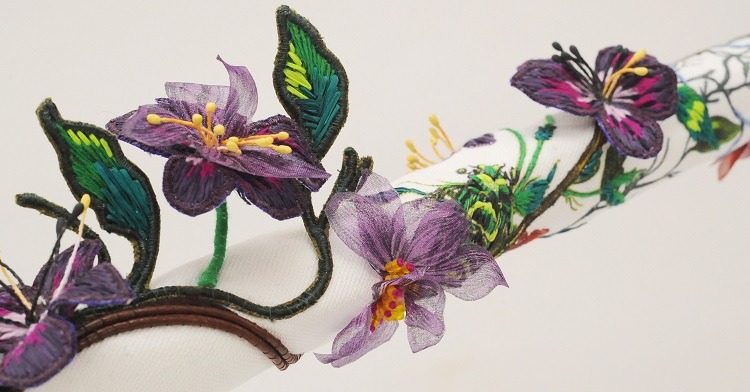
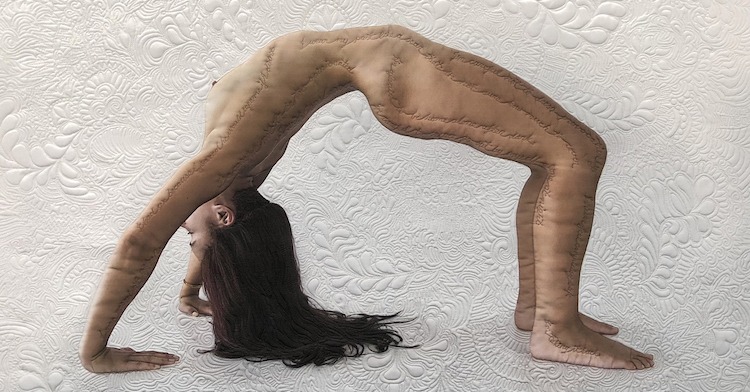
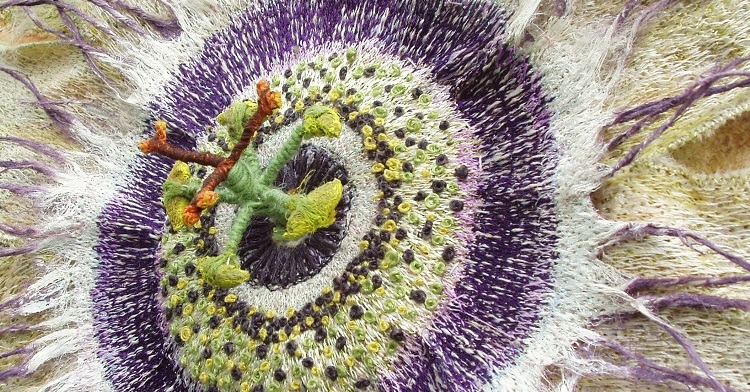
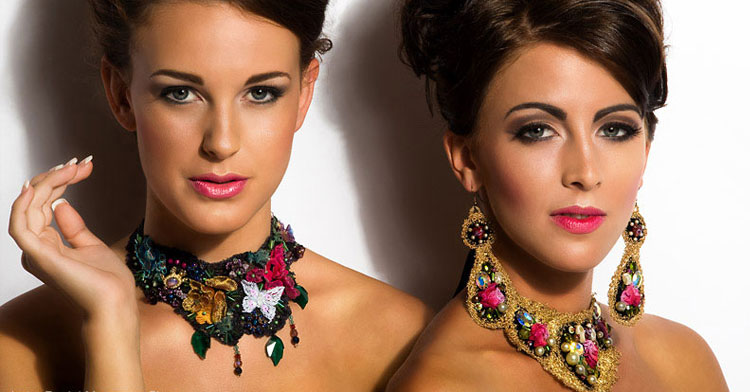
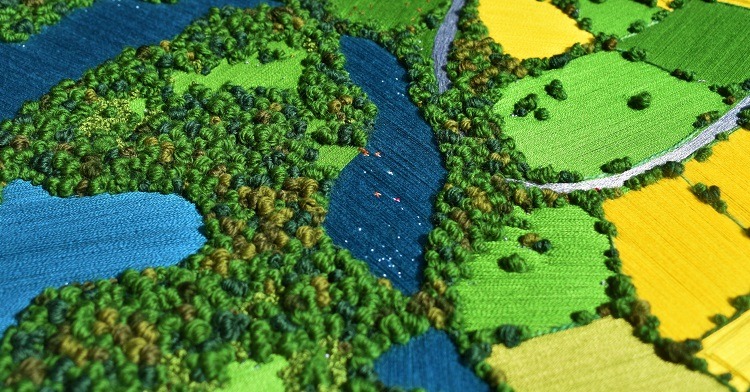
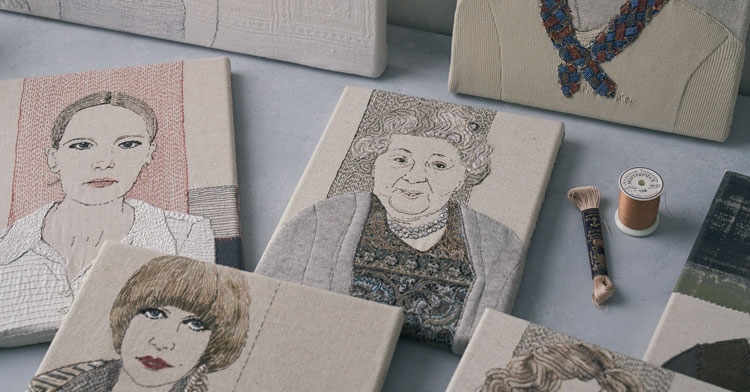
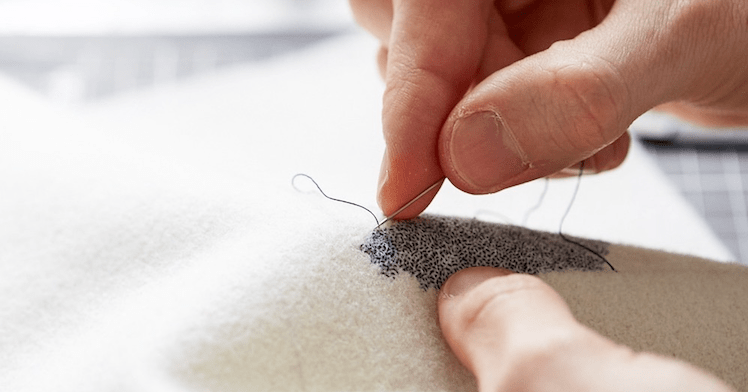
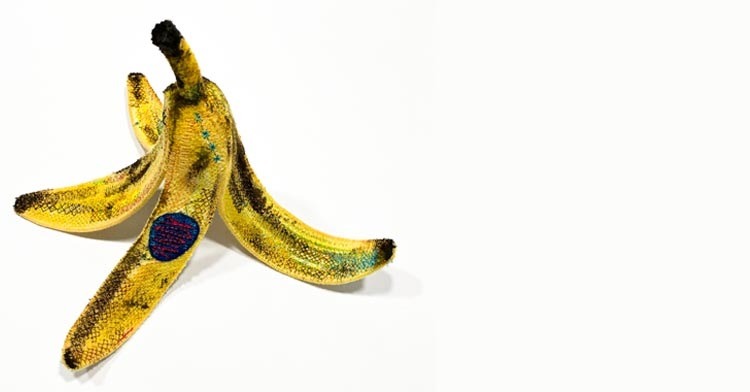
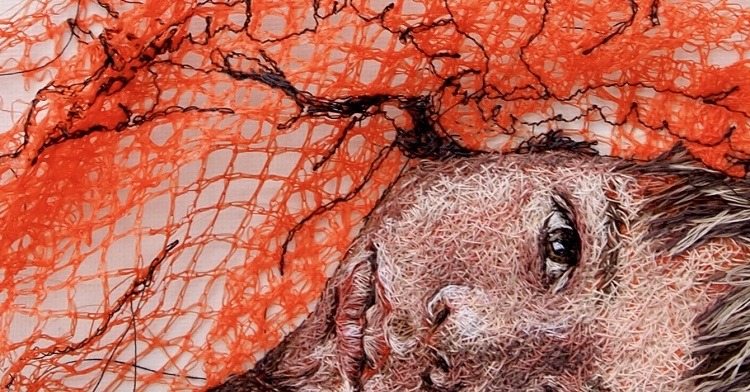
Comments